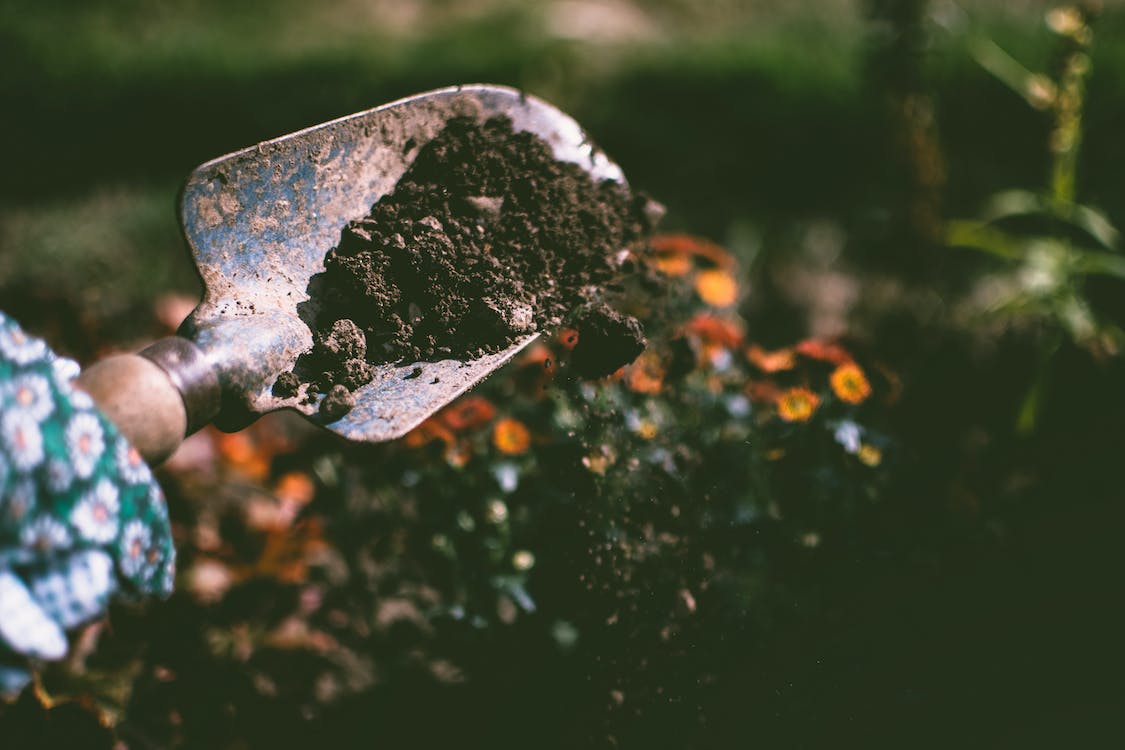Making a raised bed vegetable garden is a fabulous way to grow your vegetables with a minimum of fuss and with greater control over your growing conditions.
We will be constructing and using two raised beds this year (see photo below), and will be employing additional growing techniques within the raised beds, such as square foot gardening, and vertical gardening, to get the absolute maximum yields from the limited space I will have available.
Benefits
The benefits of a raised bed garden are numerous. Among others;
- They are great if you don’t have very good soil in your garden. You can build them immediately onto the ground on top of your original soil.
- Raised beds also get warmer faster than the soil at ground level, meaning that your growing season is extended.
- You will get higher yields, especially if you use the square foot gardening method.
- They drain excess water away effectively, although they can dry out easily if not regularly watered.
- They can be built from scrap materials, making them cost-effective.
- Pests are minimized.
- They are kind to your back and mean you don’t have to be working at ground level.
Constructing a raised bed
Materials
A raised bed vegetable garden can be made from scratch using new timber or can be brought as ready to assemble kits.
If you are watching the pennies and/or the environment, then they can also be made from scrap materials.
There will usually be someone nearby with a shed full of unwanted wood they haven’t got around to throwing out, so don’t be afraid to ask neighbors, family, and friends. You can also try any recycling schemes you may have nearby.
You may be able to find a source where people offer up things (online) to others locally, instead of taking them to landfill.
If you are using wood in the construction, and the wood has been treated, there may be a danger that it could release toxins into the soil. To help prevent this, line the raised bed with heavy-duty polythene to minimize contact.
Design
Your raised bed garden can be whatever design, shape and size you want it to be, according to your needs. However, the majority of us do appear to settle for the basic planks of wood screwed together to form a rectangle arrangement.
If the planks are narrow, then several layers may be screwed together to give additional height.
If the wood is thin, then remember to add additional braces in places along the lengths to prevent the weight of the soil pushing the sides of the bed outwards.
Six to eight inches of soil is a perfectly adequate depth, although many like to opt for twelve inches.
We’ve constructed my beds at twelve inches high, with a view to filling them with soil to about an eight-inch depth.
Construction
One of the important methods for constructing a raised bed vegetable garden is not to make it too wide. If you can only tend it from one side, for example, if you are building it against a wall (see pic below), then only make it a maximum of two feet wide. If you can tend your raised bed from both sides, then you can make it up to a maximum of four feet wide.
The reasoning behind this is simple; if you reach any further than about two feet, you will need to lean or tread on the soil to support your own weight. When you do this, you will compact the soil.
Compacted soil has a seriously detrimental effect on most growing plants. Vegetables will fair much worse in compacted soil than they will in light airy soil, and you will get a severely reduced crop.
Also if you are employing the square foot gardening method, two feet wide is perfect because you need to divide your raised bed into one-foot squares.
If you are building it to be used on a patio area, then you will need to construct a bottom for your raised bed. You will also need to drill drainage holes into the base and will need to slightly raise it so that excess water can drain away easily.
In the video below, you can see me constructing one of my raised beds designed for the patio…
Maintaining the soil
Each year, in general, all you need to do is replenish the soil nutrients with manure or compost, give it a little dig-over, and you’re ready to go. It should be very easy to dig because the soil has not been compacted.
Conclusion
In conclusion, we would have to suggest that the benefits of growing in a raised bed vegetable garden, especially on a small plot, far outweigh the benefits of growing directly in the ground, by a long way.

